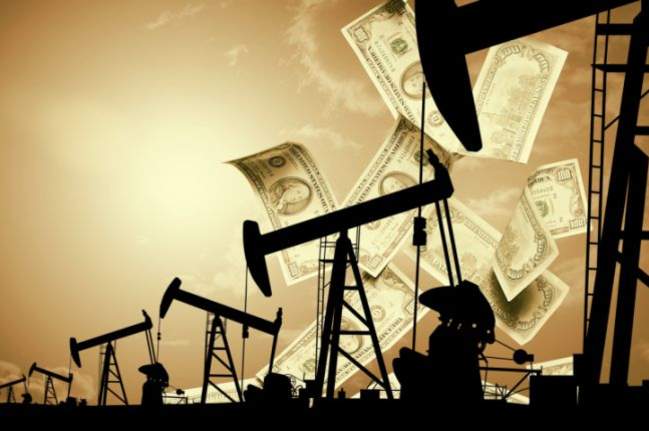IEA improves forecast of oil price to $88 per barrel in 2025, to $112 in 2040

By Trend
The International Energy Agency (IEA) has improved its forecast for oil price by 6 percent to $88 per barrel in 2025 and by 0.9 percent to $112 per barrel in 2040, according to IEA’s World Energy Outlook 2018 report, Sputnik reported.
In September, the oil price surpassed $80 per barrel for the first time since 2014 in light of geopolitical events, the decrease in Venezuelan output, and decisions made by major oil exporters, which affected production prospects, according to the report.
"In the wake of the fallout from the 2014 oil price crash, the continued expansion of tight oil production in the United States and the prospect of major structural changes in oil consumption underpinned a view that the oil price was set to stay lower for longer, perhaps forever. The reality has been different," the report read.
According to the report, taking into account current countries’ energy policies and their announced plans, oil price is projected to gradually increase from the average price of $52 per barrel in 2017 to $88 per barrel in 2025, $96 in 2030, $105 in 2035 and $112 in 2040.
Moreover, the IEA expects world oil demand to increase from 94.8 million barrels per day in 2017 to 106.3 million barrels per day in 2040.
"China and India are responsible for nearly half of the total increase in demand to 2040. The heavy lifting on supply is led initially by the United States, but later on the Organization of the Petroleum Exporting Countries (OPEC) steadily increases its share of total oil supply," the report read.
The agency expects that in the long term trucks, petrochemicals, aviation and cars will be among the largest drivers of world oil demand.
The decrease in the number of new upstream oil and gas projects could result in a supply crunch and a further growth of prices, the International Energy Agency said.
"Today's flow of new upstream projects appears to be geared to the possibility of an imminent slowdown in fossil fuel demand, but in the New Policies Scenario this could well lead to a shortfall in supply and a further escalation in prices," the report read.
According to the IEA, the largest supply crunch could be expected in the oil sector, as the average level of approvals of new conventional crude oil projects over the last three years "is only half the amount necessary to balance the market out to 2025."
The World Bank Group said at the One Planet Summit in Paris in December that it would cease to finance upstream oil and gas projects after 2019 "to align its support to countries to meet their Paris goals."
Carbon emissions from the energy sector are expected to increase slowly until 2040, undermining hopes of world countries to turn the corner on tackling climate change, the International Energy Agency said.
"The New Policies Scenario puts energy-related CO2 emissions on a slow upward trend to 2040, a trajectory far out of step with what scientific knowledge says will be required to tackle climate change," the report read.
Here we are to serve you with news right now. It does not cost much, but worth your attention.
Choose to support open, independent, quality journalism and subscribe on a monthly basis.
By subscribing to our online newspaper, you can have full digital access to all news, analysis, and much more.
You can also follow AzerNEWS on Twitter @AzerNewsAz or Facebook @AzerNewsNewspaper
Thank you!
